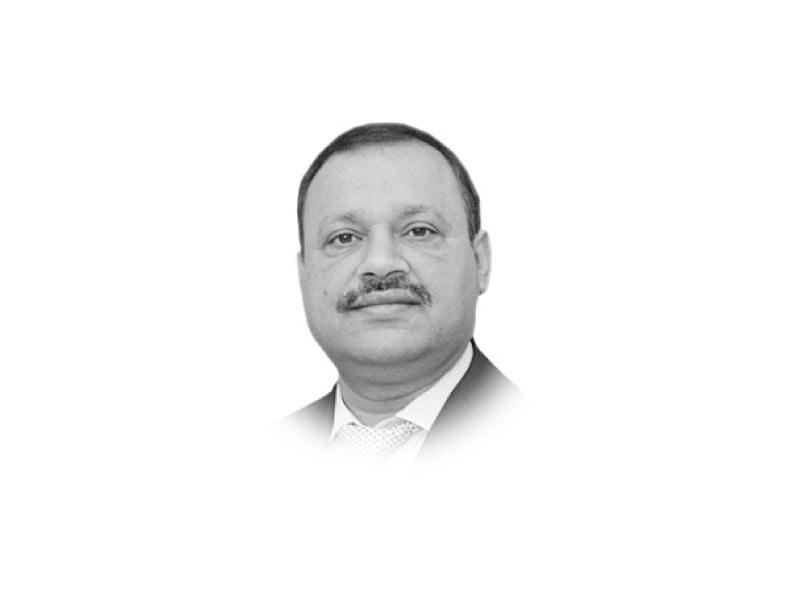
Cities are economic and cultural engines that drive global growth, innovation, and social development. However, unchecked urbanisation in Pakistan has resulted in challenges such as inadequate housing, strained infrastructure, and environmental degradation. Sustainable Development Goal (SDG) 11 - "Sustainable Cities and Communities" - provides a framework to address these issues by promoting inclusive, safe, resilient, and sustainable urban development. For Pakistan, achieving SDG 11 is necessary and an opportunity to redefine its urban future.
Pakistan has one of the fastest urbanisation rates in South Asia, with its urban population increasing from 32.5% in 1998 to 36.4% in 2017, projected to reach 50% by 2025 (UN-Habitat Pakistan, 2022). Cities like Karachi, Lahore, and Islamabad contribute significantly to the economy, generating 55% of Pakistan's GDP, with Karachi alone accounting for 1215% of the national GDP and 55% of federal tax revenues (IIPS, 2023). Despite this economic importance, these urban centres are plagued by inefficiencies, including unplanned growth, informal settlements, and limited infrastructure (UN-Habitat Pakistan, 2022; IIPS, 2023).
Environmental degradation is a growing concern. Karachi's urbanised area expanded from 13.4% in 1990 to 23.7% in 2020, significantly reducing green spaces. Projections indicate that 66.65% of the urbanised regions will be flood-prone by 2035, primarily due to impervious surfaces and inadequate drainage systems (Mumtaz et al., 2025). The Malir River, once spanning 17.19 km² in 1990, has shrunk to just 5.07 km² in 2020, increasing the risk of urban flooding. The consequences of rapid urbanisation extend beyond flooding. The reduction of water bodies from 3.4% in 1990 to just 1.3% in 2020 and declining vegetation cover exacerbate heat island effects and reduce biodiversity.
The transportation sector in Pakistan accounts for 31% of the country's carbon emissions, with a heavy reliance on fossil fuels and outdated public transport systems. Lahore and Karachi consistently record (Particulate Matter) PM2.5 levels 10-15 times higher than WHO guidelines, contributing to 128,000 premature deaths annually in Pakistan (UN-Habitat Pakistan, 2022; IIPS, 2023). Karachi, home to nearly 20 million residents, lacks a functional mass transit system, causing severe traffic congestion and air pollution. Traffic congestion alone costs Karachi's economy $2.5 billion annually in lost productivity (IIPS, 2023). Lahore and Islamabad have introduced Metro Bus systems, yet these serve less than 10% of the population, highlighting the need for a more inclusive and efficient transportation network (IIPS, 2023). The Electric Vehicle Policy (2020) aims to shift 30% of vehicles to electric by 2030, reducing emissions and reliance on fossil fuels. However, high vehicle costs, inadequate charging infrastructure, and limited public awareness hinder widespread adoption. Investments in multimodal transport systems, integrated with green infrastructure, are essential to achieving SDG 11 goals (UN-Habitat Pakistan, 2022).
Globally, 1.8 billion people lack access to adequate housing, with 150 million considered homeless (UN-Habitat, 2023). In Pakistan, the housing deficit exceeds 10 million units, with demand increasing by 350,000 units annually and projected to rise to 400,000 units (Evaluation of Naya Pakistan Housing, 2023). Rising land costs have further exacerbated the crisis. Between 2011 and 2021, land prices increased by 195.3%, making housing unaffordable for low-income groups, who represent 62% of unmet demand (Evaluation of Naya Pakistan Housing, 2023). The Naya Pakistan Housing Program (NPHP) aims to construct 5 million affordable housing units. However, as of 2023, only 100,000 units have been completed, and most remain inaccessible to daily wage earners and low-income families (Evaluation of Naya Pakistan Housing, 2023).
To address housing justice in Pakistan, strategies must focus on regularising informal settlements by providing secure land tenure and upgrading infrastructure to reduce inequalities. Community-led solutions are essential to ensuring local participation in housing projects that meet cultural and social needs. Incentivising low-cost housing by discouraging land speculation and promoting affordable, high-density developments is also necessary. Housing improvements yield broader benefits; for instance, constructing 100,000 housing units could contribute up to 2% of GDP, while improving housing stock reduces healthcare and social costs associated with urban slums (UN-Habitat Pakistan, 2022; Evaluation of Naya Pakistan Housing, 2023).
Urbanisation offers immense opportunities for sustainable development in Pakistan. Between 2020 and 2023, Pakistan imported over 25 gigawatts of solar panels from China, significantly boosting its power capacity by approximately 50% (Vox, 2024). Initiatives like the Ten Billion Tree Tsunami and urban forest programs in Lahore aim to mitigate environmental degradation and enhance urban resilience (UN-Habitat Pakistan, 2022). Geospatial technologies and remote sensing, as demonstrated in Karachi's flood studies, provide tools for better urban planning. By integrating these technologies, Pakistan can monitor land use changes, predict vulnerabilities, and implement targeted interventions. Public-private partnerships (PPPs) remain vital for financing sustainable infrastructure projects (Mumtaz et al., 2025).
Countries like Denmark and Singapore demonstrate how integrated urban planning and sustainability initiatives can transform cities. Copenhagen's goal of achieving carbon neutrality by 2025 highlights the potential of green infrastructure and efficient transportation systems. Singapore's urban planning models emphasise green architecture and climate-resilient infrastructure. These examples offer valuable lessons for Pakistan to localise SDG 11 (UN-Habitat Pakistan, 2022).
Localisation of SDG 11 provides Pakistan with a roadmap to transform its urban centres into hubs of sustainability and inclusivity. Addressing housing justice, enhancing public transport, and investing in climate-resilient infrastructure can transform Pakistan's cities into equitable, liveable hubs. This requires political will, robust governance, sustainable construction practices, and community engagement, setting a South Asian benchmark for sustainable urbanisation.



1723119297-0/Addison-Rae-(1)1723119297-0-165x106.webp)


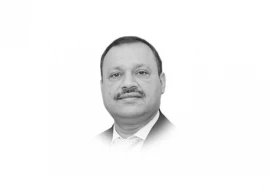


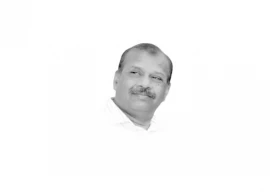

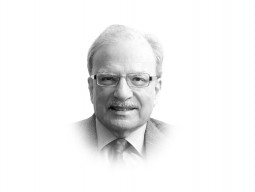







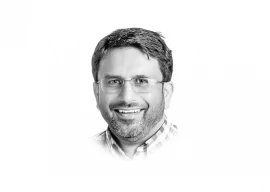
COMMENTS
Comments are moderated and generally will be posted if they are on-topic and not abusive.
For more information, please see our Comments FAQ